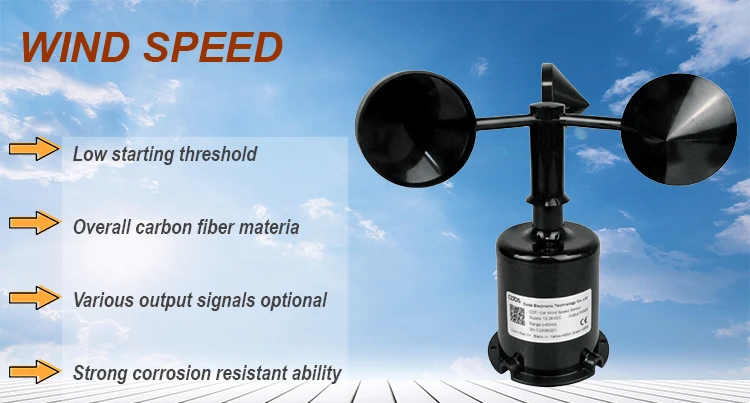
# Wind Direction Measuring Instruments
## Introduction to Wind Direction Measurement
Measuring wind direction is essential for various applications, including meteorology, aviation, marine navigation, and environmental monitoring. Understanding wind patterns helps in weather forecasting, pollution control, and optimizing renewable energy systems.
## Common Types of Wind Direction Instruments
### 1. Wind Vanes
The most traditional instrument for measuring wind direction is the wind vane, also known as a weather vane. This simple device consists of an arrow or other asymmetrical shape mounted on a vertical rod. The arrow points into the wind, indicating the direction from which the wind is blowing.
### 2. Anemometers with Direction Sensors
Modern electronic anemometers often combine wind speed and direction measurement capabilities. These instruments typically use a wind vane connected to a potentiometer or digital encoder to provide precise directional data.
### 3. Sonic Anemometers
Sonic anemometers measure wind direction by analyzing the time it takes for ultrasonic pulses to travel between transducers. These instruments can detect rapid changes in wind direction and are commonly used in research applications.
## How Wind Direction Instruments Work
Most wind direction measuring instruments operate on similar principles:
- The sensor aligns itself with the wind flow
- A mechanical or electronic system converts this alignment into directional data
- The data is displayed in degrees (0°-360°) or cardinal directions (N, NE, E, etc.)
## Applications of Wind Direction Data
Accurate wind direction measurement is crucial for:
- Weather forecasting and climate studies
- Airport operations and flight planning
- Wind farm optimization
- Pollution dispersion modeling
- Agricultural spraying operations
## Choosing the Right Instrument
When selecting a wind direction measuring instrument, consider:
- Required accuracy and resolution
- Environmental conditions (marine, industrial, etc.)
- Data recording and transmission needs
- Maintenance requirements
- Budget constraints
## Maintenance and Calibration
Regular maintenance ensures accurate measurements:
- Keep sensors clean and free from obstructions
- Check for proper alignment
- Perform periodic calibration
- Inspect for wear and tear, especially in mechanical components
## Future Developments
Emerging technologies in wind direction measurement include:
- Miniaturized sensors for IoT applications
- Improved resistance to icing and extreme weather
- Integration with AI for predictive analysis
- Enhanced wireless data transmission capabilities
Keyword: instrument measure wind direction